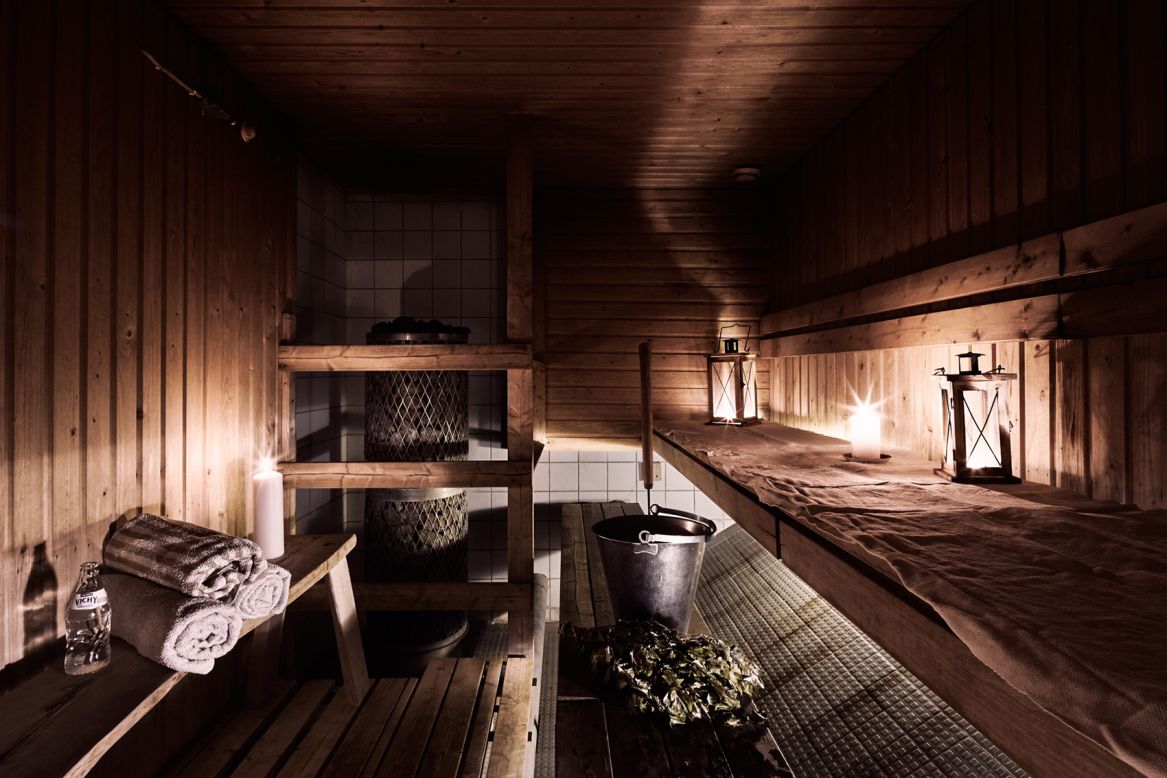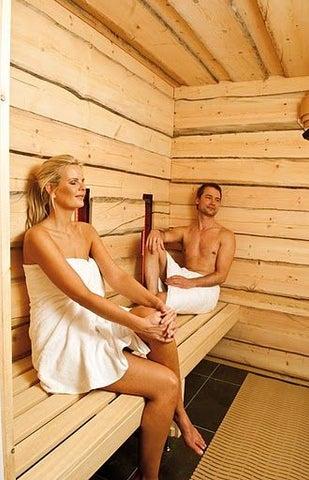The smart Trick of Traditional Sauna That Nobody is Discussing
The smart Trick of Traditional Sauna That Nobody is Discussing
Blog Article
The smart Trick of Traditional Sauna That Nobody is Discussing
Table of ContentsThe smart Trick of Traditional Sauna That Nobody is Talking AboutTraditional Sauna - TruthsSome Known Facts About Traditional Sauna.Traditional Sauna Fundamentals Explained
Many of the weight shed in a sauna is water loss and is re-gained upon rehydrating. Nevertheless, without an uncertainty sauna can be a vital part of a healthy weight-loss program. To take a look at the differences between standard and IR saunas, I will certainly divide these into verifiable, academic, and made distinctions.Hence, the best point in the saunawhich is at the ceiling directly above the sauna heateris normally in between 185 and 190 F. Traditional Sauna. Claims that a traditional sauna goes beyond 200 F is merely not real and not appropriate for electric saunas sold in the United States. The temperature for a far-infrared sauna is usually set in between 120 and 140 F; nevertheless, unlike the standard sauna, the objective in and IR area is not to attain a heat
Due to this, the temperature level distinction is nearly unnecessary, considering that profuse sweating causes both sauna types, but the approach of heating the body is different. In an IR sauna the bather will really feel hot and will certainly sweat profusely, but at a lot lower temperature levels. Thus, if the objective is to spend longer amount of times in the sauna, the IR sauna is a great choice.

The Definitive Guide for Traditional Sauna
When the heat is accomplished, the elements cycle on and off to maintain the high temperature. Most standard sauna users enjoy pouring water over the rocks to develop steam to increase sauna moisture degrees. The advantages of pouring water over the rocks consist of: making the room a lot more comfy, moistening the nasal passages, and enabling the use of aromatherapy by mixing vital oils with the water.
In a far-infrared sauna, the warm front penetrate the body to efficiently heat the body and raise the body core temperature level. To attain this increased temperature, Far-infrared emitters produce infrared power which is close to the exact same wavelength as that which the body naturally emitsoften referred to as the "Important Range" of 7 to 14 microns), so the energy is well obtained by the body.
When the power goes into the body, it triggers the body temperature to increase and ultimately results in sweat. In an infrared sauna it is essential for the emitters/heaters to continue to be on virtually frequently. Given that there is no mass of rocks to preserve warmth, the sauna will certainly cool down if the emitters shut off.
As discussed above, the sauna bather in an infrared space wishes to position himself in front of running emitters to get optimal gain from the heat. The home heating time for the 2 areas can be really different, depending on just how the why not find out more areas are used. For a conventional sauna, a bather must allow 30-40 minutes for the room to accomplish a preferred temperature level and to appropriately pre-heat the rocks.
Indicators on Traditional Sauna You Need To Know
A well built sauna will typically accomplish a temperature level of 150-160 F in about 30-40 minutes. For hotter temperatures, the space might need to warm for a longer duration.
To some, 15 mins was "wasted" while the infrared energy heated the wood panels as opposed to heating a body, while others find a pre-heated space to be more comfortable and think an elevated beginning temperature is necessary to start sweating. The size of advised usage for each room is roughly the same (10-15 minutes per session); however, due to the reduced air temperatures and the capacity to feel the effects of infrared heat quicker than a traditional sauna, it is not uncommon for a person to spend a total amount of 20-30 mins in an infrared sauna.
Standard saunas have a tendency to be larger (for this reason make use of even more electricity) than infrared saunas, although traditional saunas are absolutely available in one and 2 individual dimensions. For a two-person typical sauna, 5x6 or 5x7 dimension is most prominent. The top bench see post can easily seat 2 or 3 people and is also long enough to lie down throughout the sauna session.


The typical cost per kWH of electrical power in the united state is roughly $0.11, so a 4.5 kW heating system will cost around $.50 to compete one hour, if the heater runs continuously for one hour. Generally a sauna heating system will compete 75% of the first hour and 50% of succeeding hours on because the aspects cycle once the established temperature level is accomplished.
The Ultimate Guide To Traditional Sauna
A 2 person far-infrared room is usually physically smaller sized than a typical sauna, commonly about 4' x 4' or smaller sized. The IR heating unit is usually 1.5-1.7 kW using a 120 volt 15 amp plug-in service. Given that the room can be utilized earlier than a sauna area, we will certainly presume the area is used for to of an hour consisting of warm up time.
Lastly, there is a hardly ever gone over distinction in the social experience in between the 2 spaces. While our society has find out here lost some of the social benefit of the traditional sauna experience, it can be really socially rewarding. From household time in the sauna, to heart-felt conversations with better halves, to sauna partiesthe typical sauna experience can result in intimate mingling.
Many higher end infrared rooms consist of colored light treatment, noise systems and full-glass fronts.
Report this page